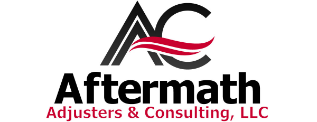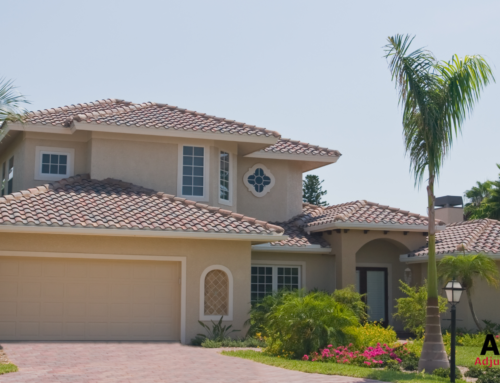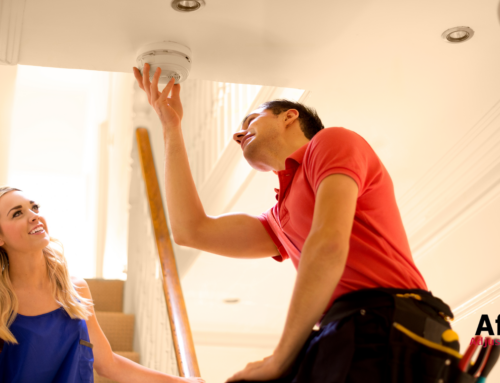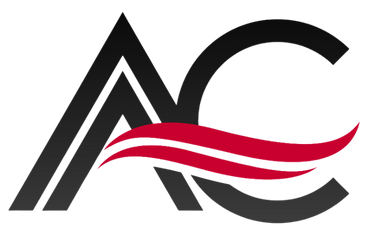Immediately after a hurricane, you may notice a few things changing. Insurance companies work hard not to pay out large settlements. Prices for construction materials rise. Contractors become scarce. Claims take years to settle. That’s why it is important to know what to look for before you have a hurricane damage property claim.
#1 – Independent Adjusters
When you meet with an insurance representative after a hurricane damage property claim, you may be told that you are meeting with an independent adjuster. Keep in mind that if they represent the carrier, they are not neutral. An independent adjuster is simply a freelance or contracted adjuster who follows storms and helps out insurance companies.
These independent adjusters are paid to work quickly. This means that they often do not spend enough time looking over your damages. This can make their estimates lower than they should be, thus making your settlement lower as well.
Additionally, these independent adjusters may know very little about repairing a home. They are unlikely to look in all the right places. Plus, they may know little about insurance policies and what your company needs in order to make your hurricane damage property claim go through.
If you really want someone that is independent, look for a public adjuster like those with Aftermath Adjusters. A public adjuster always works for you and is your advocate in the proceedings.
#2 – Wind Vs. Flood
Most homeowner’s insurance does not cover floods. If the hurricane had big storm surges but milder winds, then you may find that your policy does not cover the damage. That is why you should always purchase federal flood insurance that covers up to $250,000 in flood damage, especially if you live in a flood zone.
If you don’t have flood insurance but need to make a hurricane damage property claim, you should look for signs that the damage was due to winds and not flooding. One such sign is structural twisting in the upper floors without such twisting on the lower floor.
If your claim is denied, contact a public adjuster like Aftermath Adjusters & Consulting, LLC. They can help you look for further signs that your damage is due to wind and covered by your policy.
#3 – New Market Price
After a storm, prices for materials go up significantly. When you look at the estimate for your hurricane damage property claim, make sure that the estimate reflects the higher prices. Also, make sure that the materials used are the same quality as those you originally had in your home.
You will also want to consider the labor costs. Just as material prices rise, so does labor. Be sure that your insurance estimate is not based on the lowest cost contractor, especially on prices prior to the storm. You’ll want to have quality work, and for that, you will have to pay a quality price.
#4 – Building Codes
When repairing a home, contractors have to comply with new building codes. You’ll want to be sure that your insurance policy has a rider known as a “law and ordinance” coverage that allows this kind of upgrade before you end up with a hurricane damage property claim.
You’ll also need to be ready to fight for the upgrades. Most insurance companies do not want to pay anything extra and will try to dispute items they feel aren’t necessary. Working with a public adjuster at Aftermath Adjusting can help. We know how to document and prove what is needed by the local code enforcement office.
When you find yourself with a hurricane damage property claim, consider hiring a public adjuster. We at Aftermath Adjusting can help you negotiate with your insurance company and get you the settlement you deserve.









